Browse Books
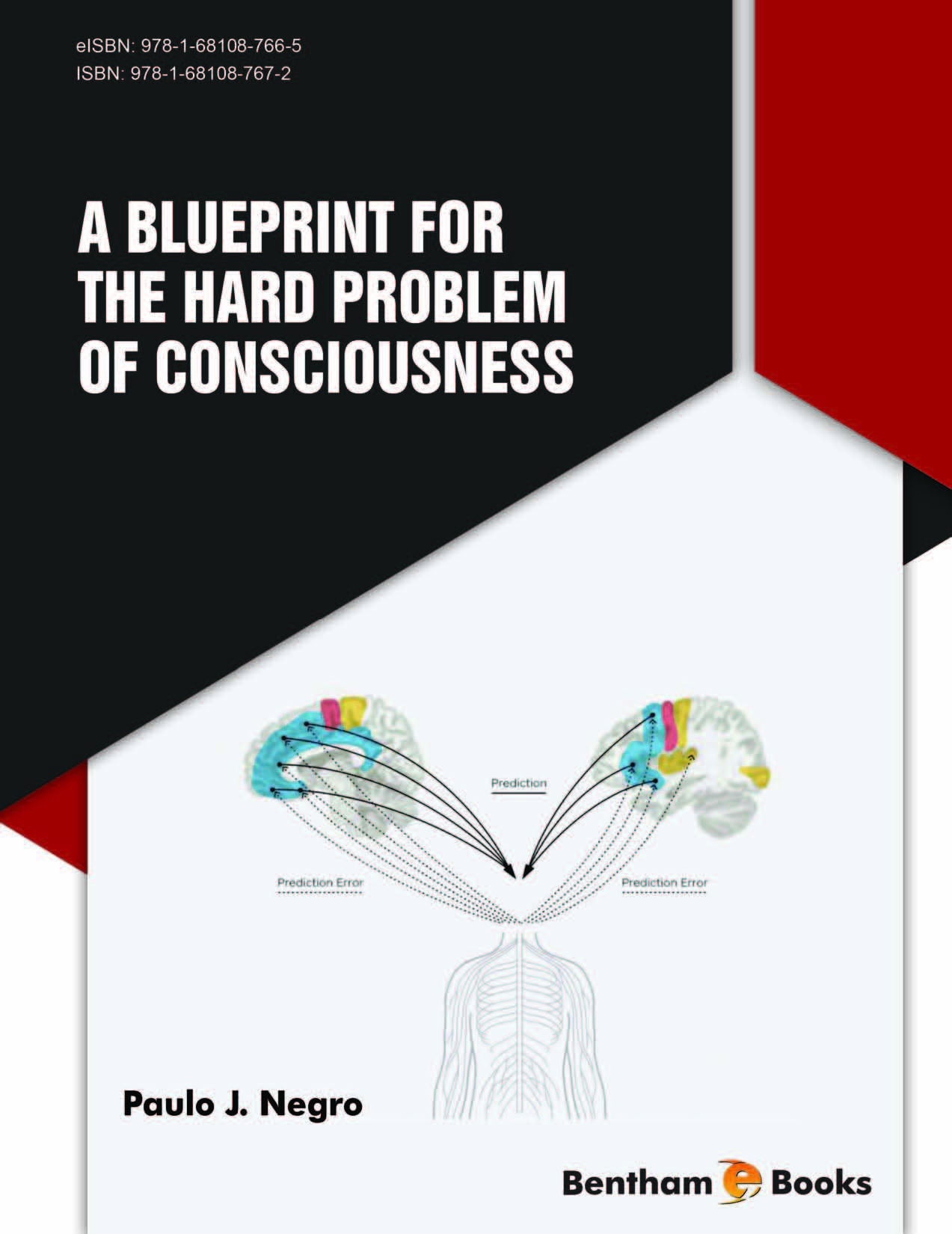
A Blueprint for the Hard Problem of Consciousness
Feb 2019
Book
A Blueprint for the Hard Problem of Consciousness addresses the fundamental mechanism that allows physical events to transcend into subjective experiences termed the Hard Problem of Consciousness. Consciousness is made available as the abstract product of self-referent realization of information by strange loops through the levels of processing of the brain.Readers are introduced to the concept of the Hard Problem of Consciousness and re Read More
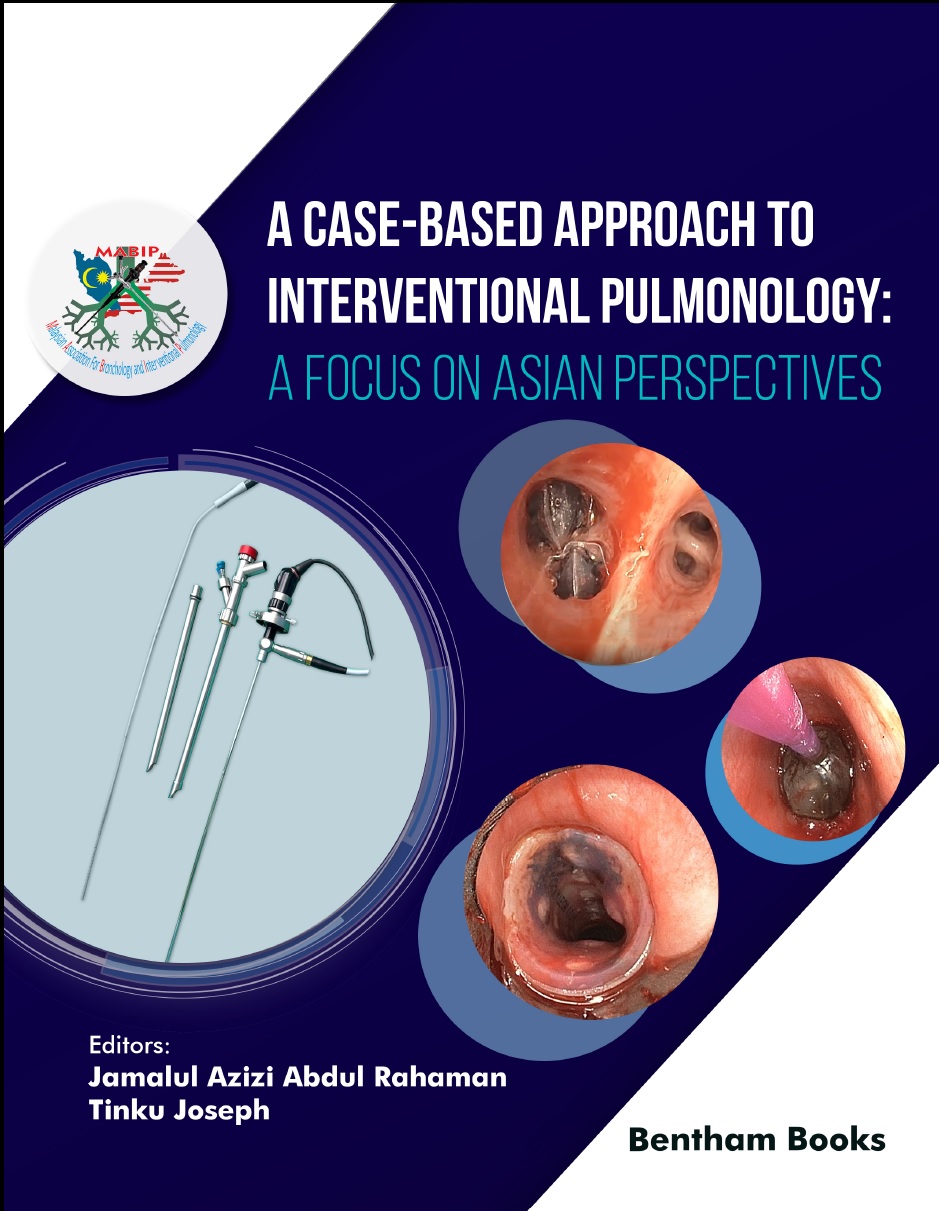
A Case-Based Approach to Interventional Pulmonology: A Focus on Asian Perspectives
Jun 2023
Book
Jamalul Azizi Abdul Rahaman and
Tinku Joseph
A Case-Based Approach to Interventional Pulmonology: A Focus on Asian Perspectives focuses on various aspects of Interventional Pulmonology (IP) based on clinical case scenarios. Today evidence-based medicine and statistics are ruling our daily practice. Thus each case is unique regardless of what the theory predicts. This asian perspective of Interventional Pulmonology (IP) is also of great importance given the differences in the etiologies compared to Read More
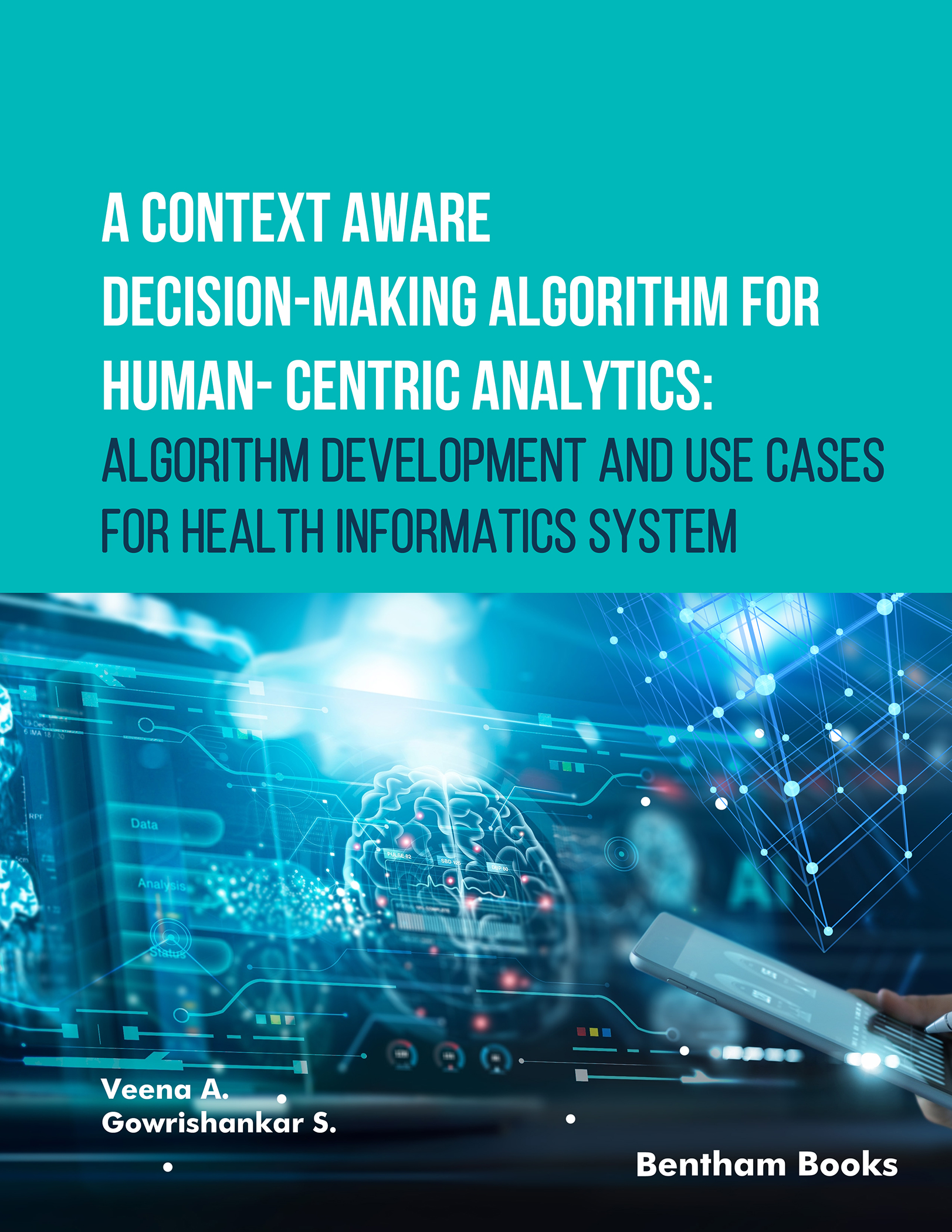
A Context Aware Decision Making Algorithm for Human Centric Analytics: Algorithm Development and Use Cases for Health Informatics System
Oct 2024
Book
This reference demonstrates the development of a context aware decision-making health informatics system with the objective to automate the analysis of human centric wellness and assist medical decision-making in healthcare.The book introduces readers to the basics of a clinical decision support system. This is followed by chapters that explain how to analyze healthcare data for anomaly detection and clinical correlations. The next two sections cover m Read More
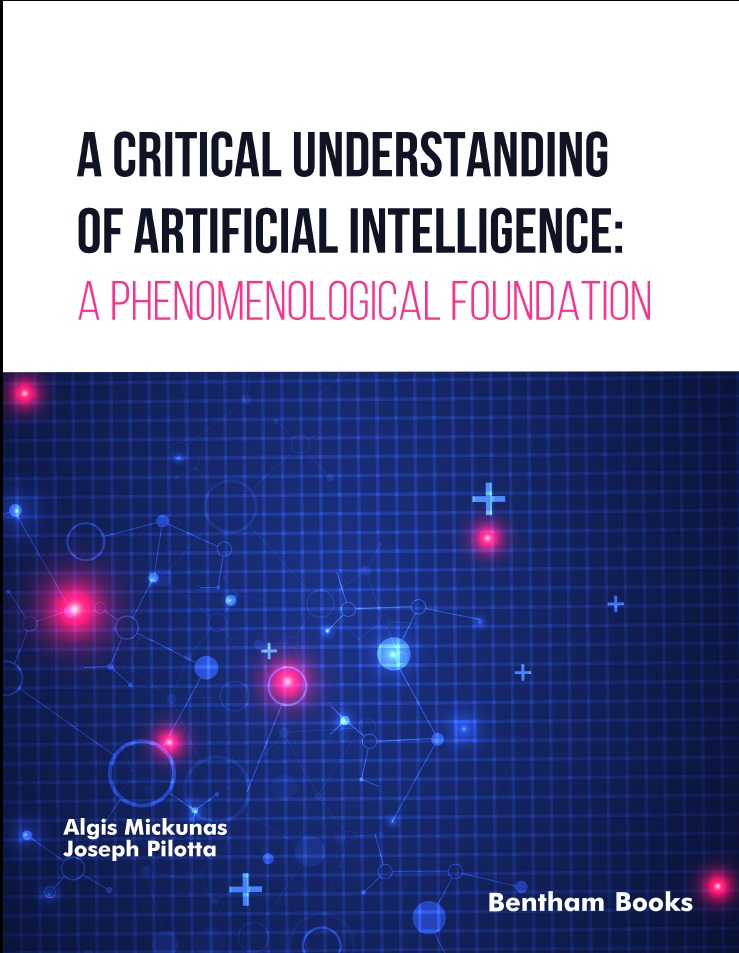
A Critical Understanding of Artificial Intelligence: A Phenomenological Foundation
Feb 2023
Book
Artificial intelligence (AI) is viewed as one of the technological advances that will reshape modern societies and their relations. While the design and deployment of systems that continually adapt hold the promise of far-reaching positive change they simultaneously pose significant risks especially to already vulnerable people.This work explores the meaning of AI and the important role of critical understanding and its phenomenological foundation in sh Read More
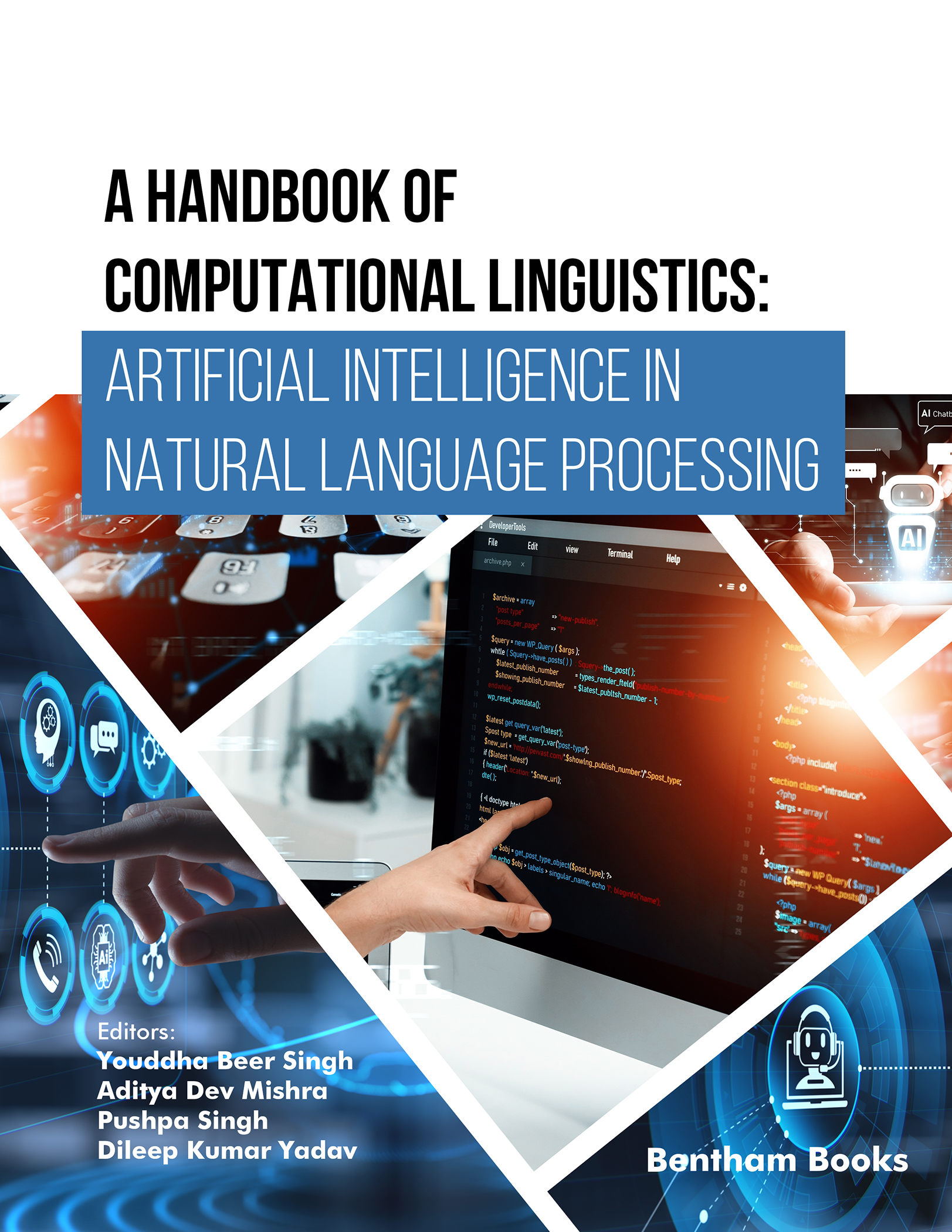
A Handbook of Computational Linguistics: Artificial Intelligence in Natural Language Processing
Aug 2024
Book
Youddha Beer Singh,
Aditya Dev Mishra,
Pushpa Singh and
Dileep Kumar Yadav
This handbook provides a comprehensive understanding of computational linguistics focusing on the integration of deep learning in natural language processing (NLP). 18 edited chapters cover the state-of-the-art theoretical and experimental research on NLP offering insights into advanced models and recent applications.Highlights:- Foundations of NLP: Provides an in-depth study of natural language processing including basics challenges and appl Read More

A Journey Through Water: A Scientific Exploration of The Most Anomalous Liquid on Earth
Feb 2017
Book
A Journey Through Water: A Scientific Exploration of The Most Anomalous Liquid on Earth is a monograph about water at molecular level. The monograph explores how its peculiar properties are related to its molecular structure. Readers are introduced to water through information about water in a wider perspective properties of its liquid state experimental techniques for molecular level investigations of liquid water and computer simulation techni Read More
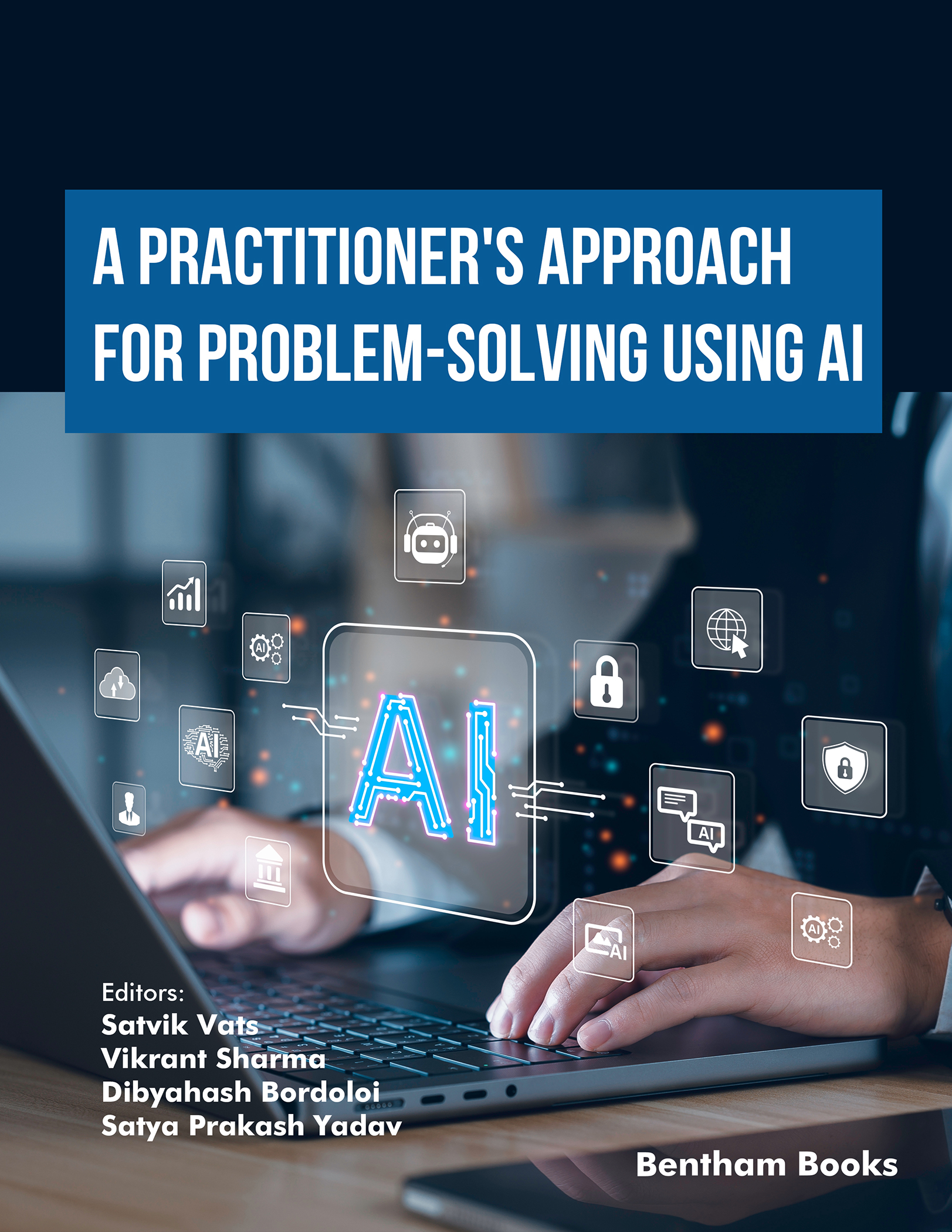
A Practitioner's Approach to Problem-Solving using AI
Emerging Trends in Computation Intelligence and Disruptive Technologies : Volume 1
Oct 2024
Book
Satvik Vats,
Vikrant Sharma,
Dibyahash Bordoloi and
Satya Prakash Yadav
This book demonstrates several use cases of how artificial intelligence (AI) and machine learning (ML) are revolutionizing problem-solving across various industries. The book presents 18 edited chapters beginning with the latest advancements in human-AI interactions and neuromorphic computing setting the stage for practical applications.Chapters focus on AI and ML applications such as fingerprint recognition glaucoma detection and lung cancer ident Read More

A Primer on Earth Pollution: Pollution Types and Disposal
Dec 2020
Book
J. Senthil Kumar,
P. Ponmurugan and
A. Vinoth Kanna
A Primer on Earth Pollution: Pollution Types and Disposal is an encyclopedia of important research articles and short essays on pollution. Chapters in the initial half provide information about a wide variety of pollutants (dyes and microplastics) and contributing factors (thermal pollution and the impact of GM plants for instance). Each chapter explains the nature of polluting agents and presents notes and references on preventive measures. Notes on the asso Read More

AI Innovations in Drug Delivery and Pharmaceutical Sciences; Advancing Therapy through Technology
Nov 2024
Book
Kuldeep Vinchurkar and
Sheetal Mane
AI Innovations in Drug Delivery and Pharmaceutical Sciences: Advancing Therapy through Technology offers a comprehensive exploration of how artificial intelligence (AI) is revolutionizing the pharmaceutical and healthcare sectors. This book addresses the AI’s role in drug discovery development and delivery highlighting applications in personalized medicine nanotechnology and clinical trials. It also covers AI’s impact on community and hospital pharma Read More

AI and IoT-based intelligent Health Care & Sanitation
Apr 2023
Book
Shashank Awasthi,
Mahaveer Singh Naruka,
Satya Prakash Yadav and
Victor Hugo C. de Albuquerque
The book aims to provide a deeper understanding of the synergistic impact of Artificial intelligence (AI) and the Internet of Things (IoT) for disease detection. It presents a collection of topics designed to explain methods to detect different diseases in humans and plants. Chapters are edited by experts in IT and machine learning and are structured to make the volume accessible to a wide range of readers.Key Features:- 17 Chapters present information a Read More
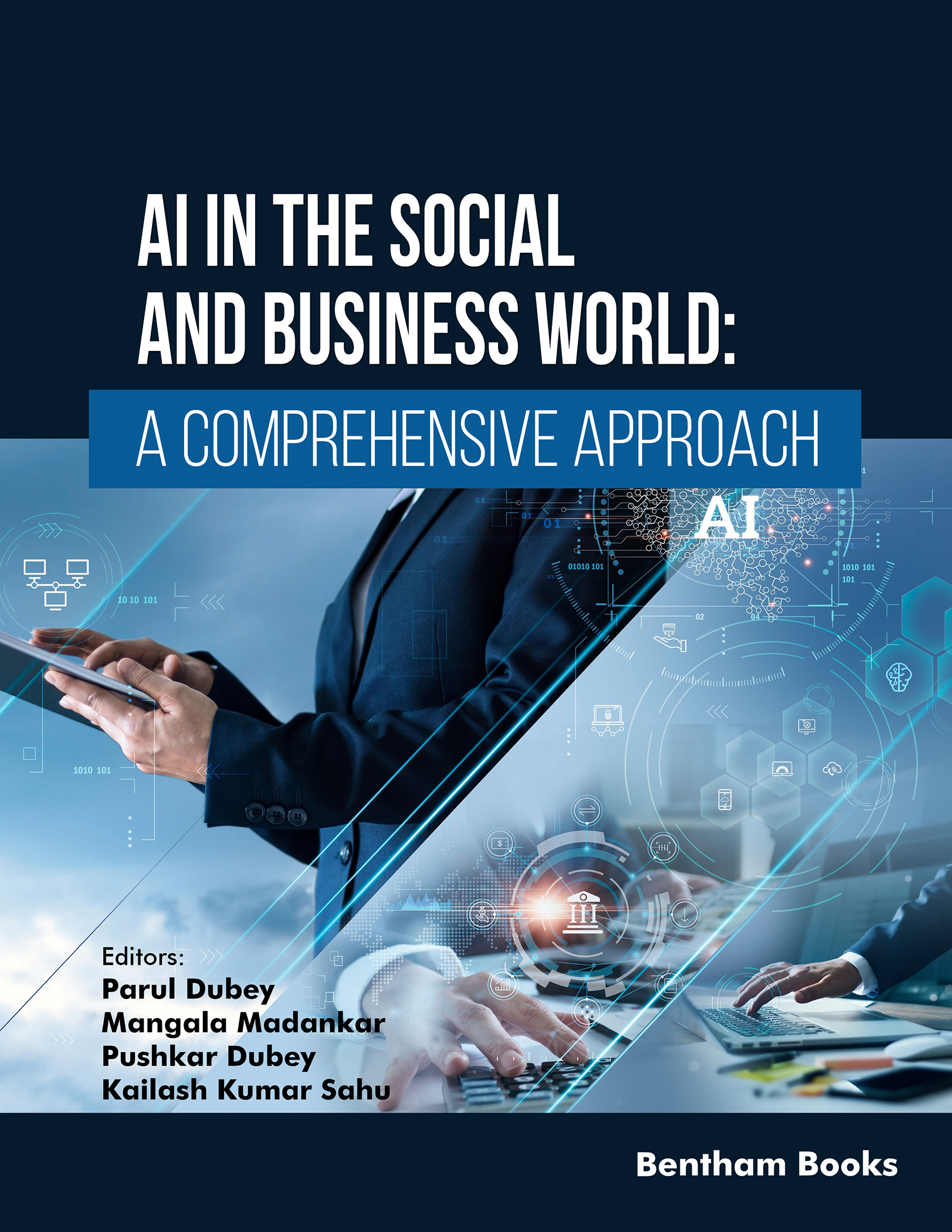
AI in the Social and Business World: A Comprehensive Approach
Oct 2024
Book
Parul Dubey,
Mangala Madankar,
Pushkar Dubey and
Kailash Kumar Sahu
AI in the Social and Business World: A Comprehensive Approach offers an in-depth exploration of the transformative impact of Artificial Intelligence (AI) across a wide range of sectors. This edited collection features 13 chapters each penned by field experts providing a comprehensive understanding of AI's theoretical foundations practical applications and societal implications. Each chapter offers strategic insights case studies and discussions on ethic Read More

ASEP's Exercise Medicine Text for Exercise Physiologists
Aug 2016
Book
Watching TV surfing the Internet and sitting for long hours have replaced more active pursuits. Millions of Americans are simply not moving enough to meet the minimum threshold for good health and longevity. Exercise physiologists have researched and highlighted this fact for decades. That is why they emphasize the importance of regular exercise in the prevention of chronic diseases associated with physical inactivity and a sedentary lifestyle. H Read More
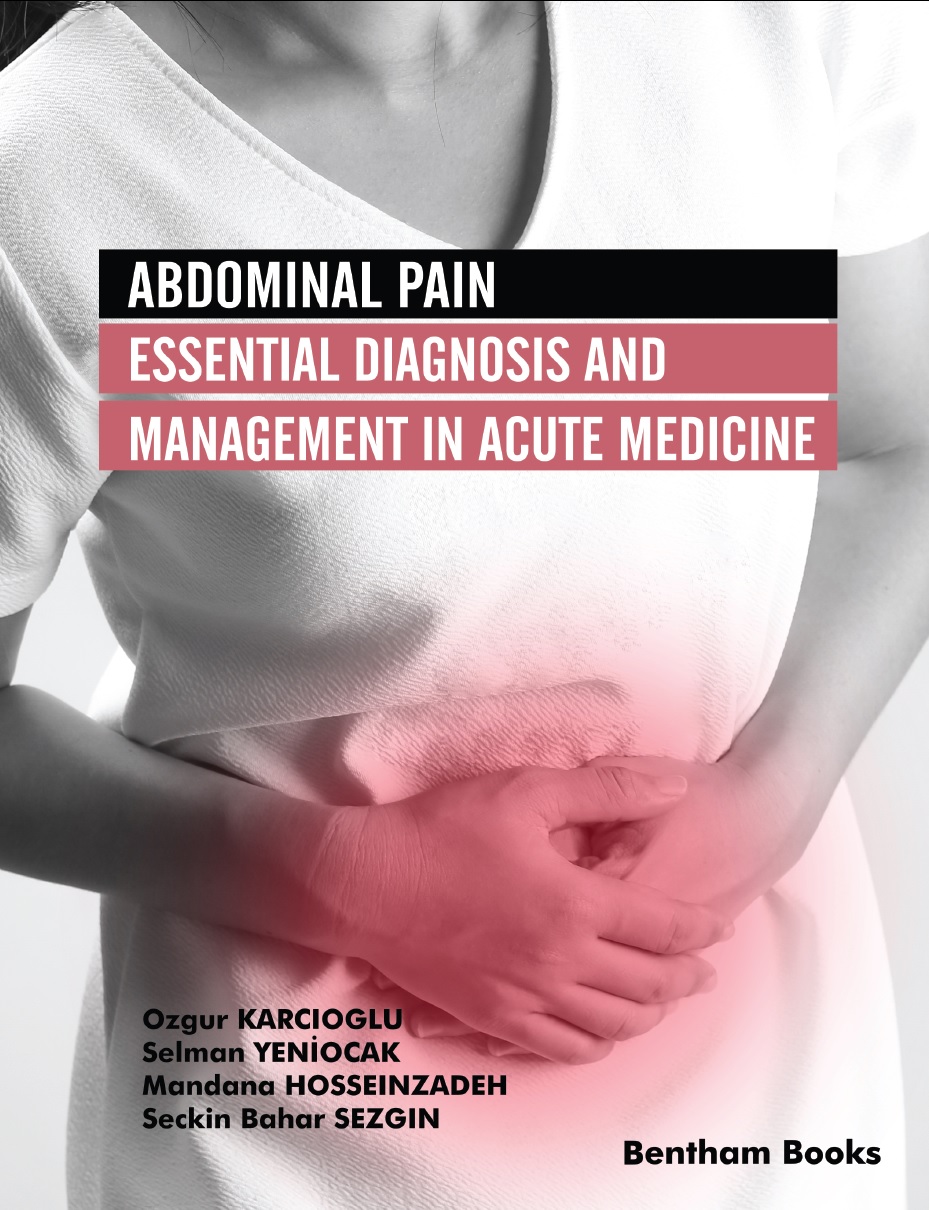
Abdominal Pain: Essential Diagnosis and Management in Acute Medicine
Aug 2022
Book
Abdominal pain is one of the frequent reasons for admission to emergency departments in hospitals. Diagnosis in patients presenting abdominal pain is a challenge for physicians owing to several indications and a lack of contraindications. Delay in diagnosis and misdiagnosis is a common problem even for the most experienced emergency physician or general surgeon. Disruptions that may be related to ancillary services such as radiology and biochemis Read More

Advanced Catalysts Based on Metal-organic Frameworks (Part 1)
Jan 2023
Book
Junkuo Gao and
Reza Abazari
Advanced Catalysts Based on Metal-organic Frameworks is a comprehensive introduction to advanced catalysts based on MOFs. It covers basic information about MOF catalysts with industrial and environmental applications. The detailed chapters update readers on current applications and strategies to apply MOF-based catalysts in industrial processes geared for sustainability initiatives such as renewable energy pollution control and combating carbon Read More

Advanced Characterization Technologies for Secondary Batteries
Nov 2024
Book
Tinglu Song,
Fan Xu and
Chunli Li
This book focuses on crucial characterization methods adopted for materials design and performance of secondary batteries. The book is divided into eight chapters aiming to provide comprehensive and essential guidance on battery characterizations. Each chapter focuses on a specific technique: electron microscopy focused ion beam methods atomic force microscopy X-ray photoelectron spectroscopy time-of-flight secondary ion mass spectra neut Read More

Advanced Control of Flight Vehicle Maneuver and Operation
Frontiers in Aerospace Science: Volume 4
Mar 2023
Book
Chuang Liu,
Honghua Dai,
Xiaokui Yue and
Yiqing Ma
This book focuses on the advanced controller designs of flight vehicle maneuver and operation. Chapters explain advanced control mechanisms and algorithms for different controllers required in a flight vehicle system. The book topics such as air-disturbance fixed time controllers algorithms for orbit and attitude computation adaptive control modes altitude stabilization nonlinear vibration control partial space elevator configuration controls for form Read More

Advanced Geosimulation Models
Sep 2011
Book
Danielle J. Marceau and
Itzhak Benenson
Geosimulation has recently emerged at the intersection of Geographic Information Science Complex Systems Theory and Computer Science. Geosimulation aims at understanding the dynamics of complex human-driven spatial systems through the use of spatially explicit computer simulation. The approaches and tools for validating Geosimulation models are especially important for understanding their complex and spatially heterogeneous outcomes. The Eb Read More
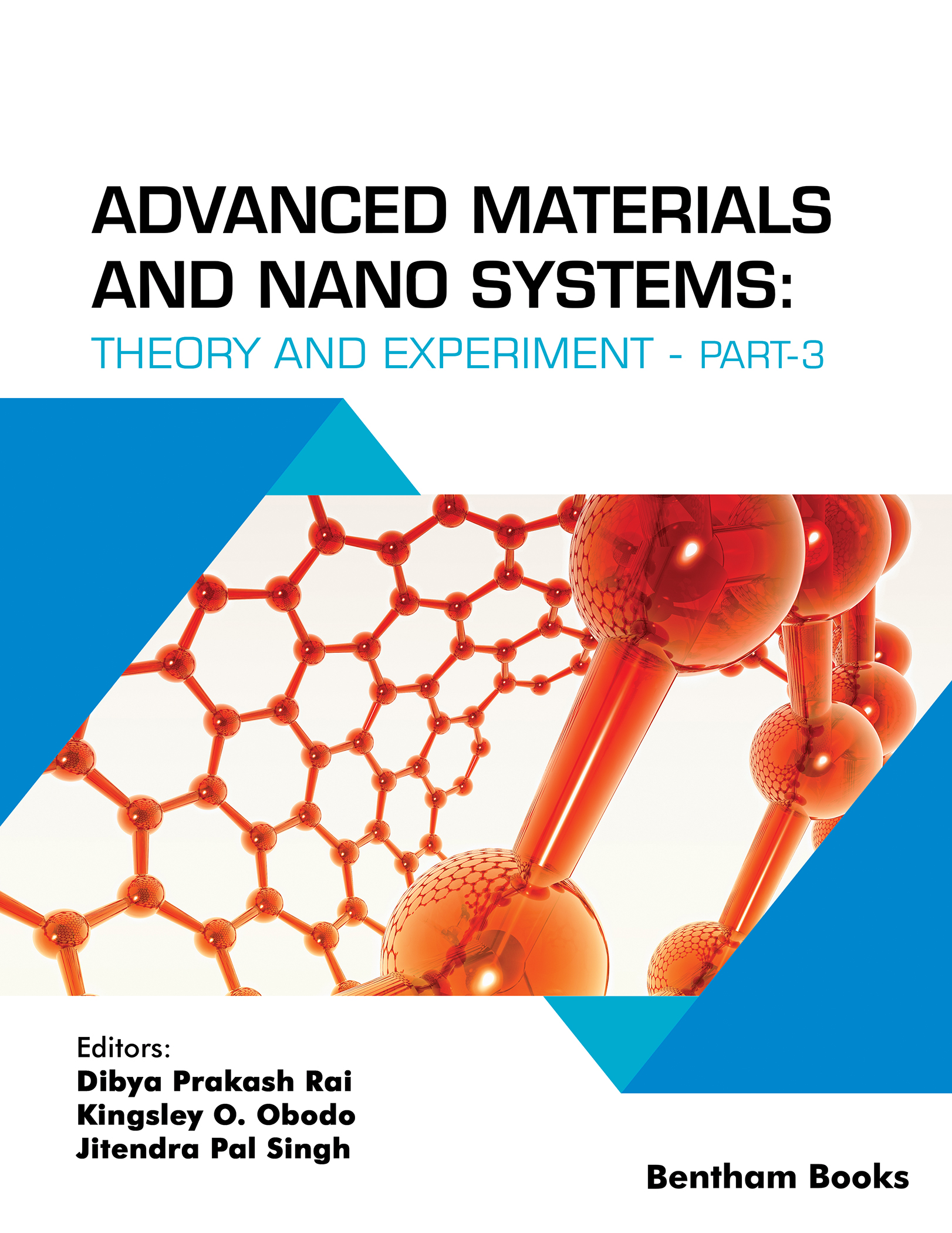
Advanced Materials and Nano Systems: Theory and Experiment (Part 3)
Jul 2024
Book
Dibya Prakash Rai,
Kingsley O. Obodo and
Jitendra Pal Singh
The discovery of new materials and the manipulation of their exotic properties for device fabrication is crucial for advancing technology. Nanoscience and the creation of nanomaterials have taken materials science and electronics to new heights for the benefit of mankind. Advanced Materials and Nanosystems: Theory and Experiment covers several topics of nanoscience research. The compiled chapters aim to update readers by highlighting modern deve Read More
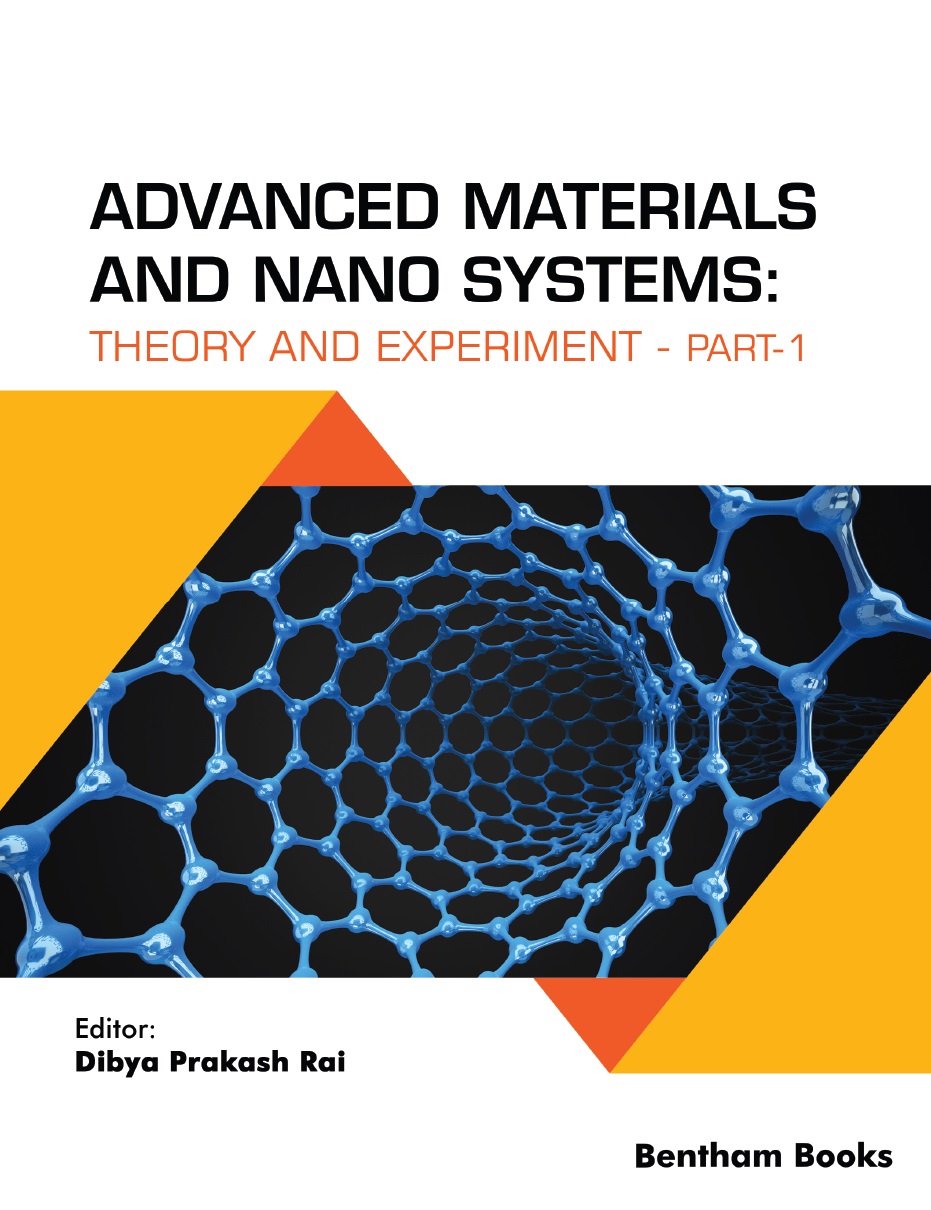
Advanced Materials and Nanosystems: Theory and Experiment - Part 1
Aug 2022
Book
Dibya Prakash Rai
The discovery of new materials and the manipulation of their exotic properties for device fabrication is crucial for advancing technology. Nanoscience and the creation of nanomaterials have taken materials science and electronics to new heights for the benefit of mankind. Advanced Materials and Nanosystems: Theory and Experiment cover several topics of nanoscience research. The compiled chapters aim to update students teachers and scientists by hi Read More
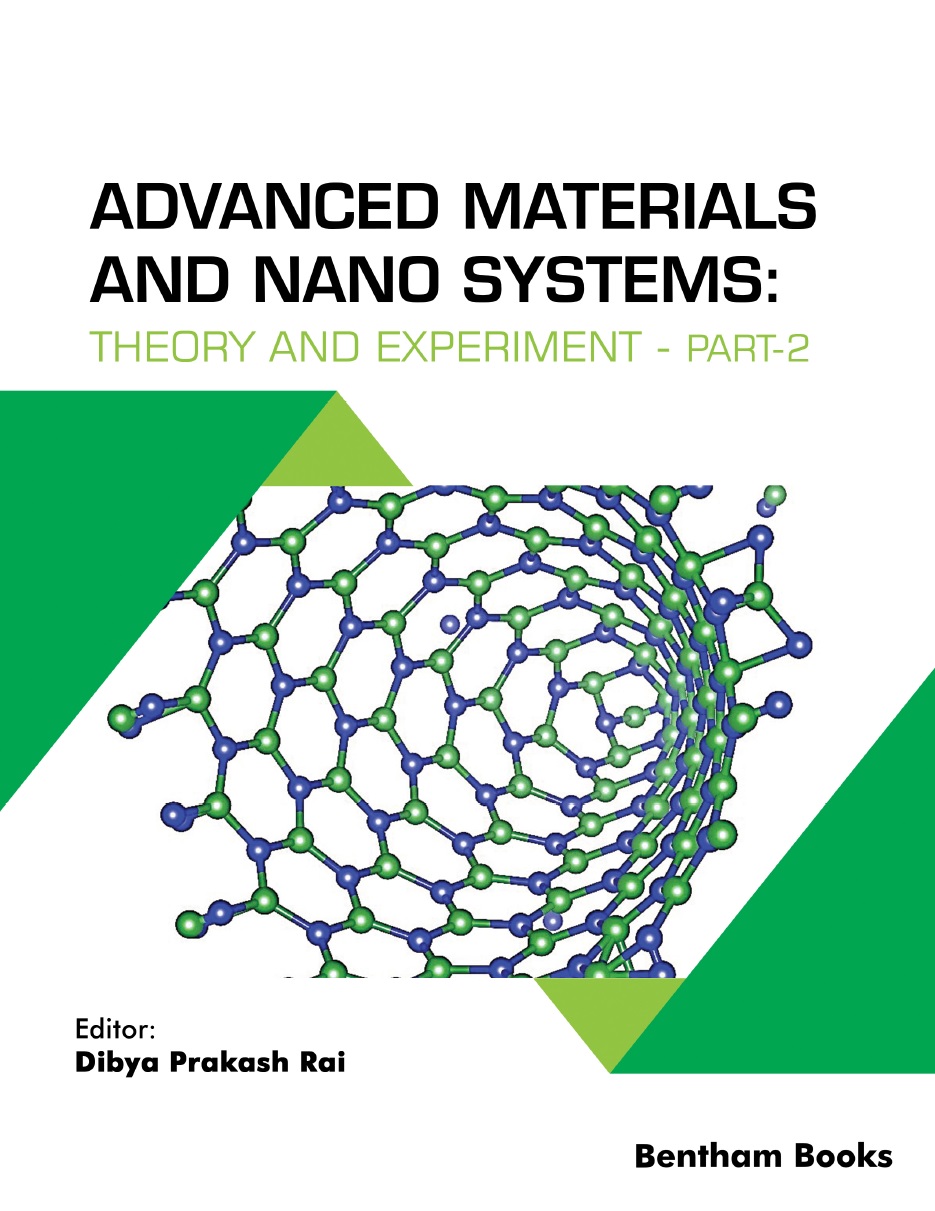
Advanced Materials and Nanosystems: Theory and Experiment - Part 2
Sep 2022
Book
Dibya Prakash Rai
The discovery of new materials and the manipulation of their exotic properties for device fabrication is crucial for advancing technology. Nanoscience and the creation of nanomaterials have taken materials science and electronics to new heights for the benefit of mankind.Advanced Materials and Nanosystems: Theory and Experiment covers several topics of nanoscience research. The compiled chapters aim to update students teachers and scientists by h Read More
No more items...
